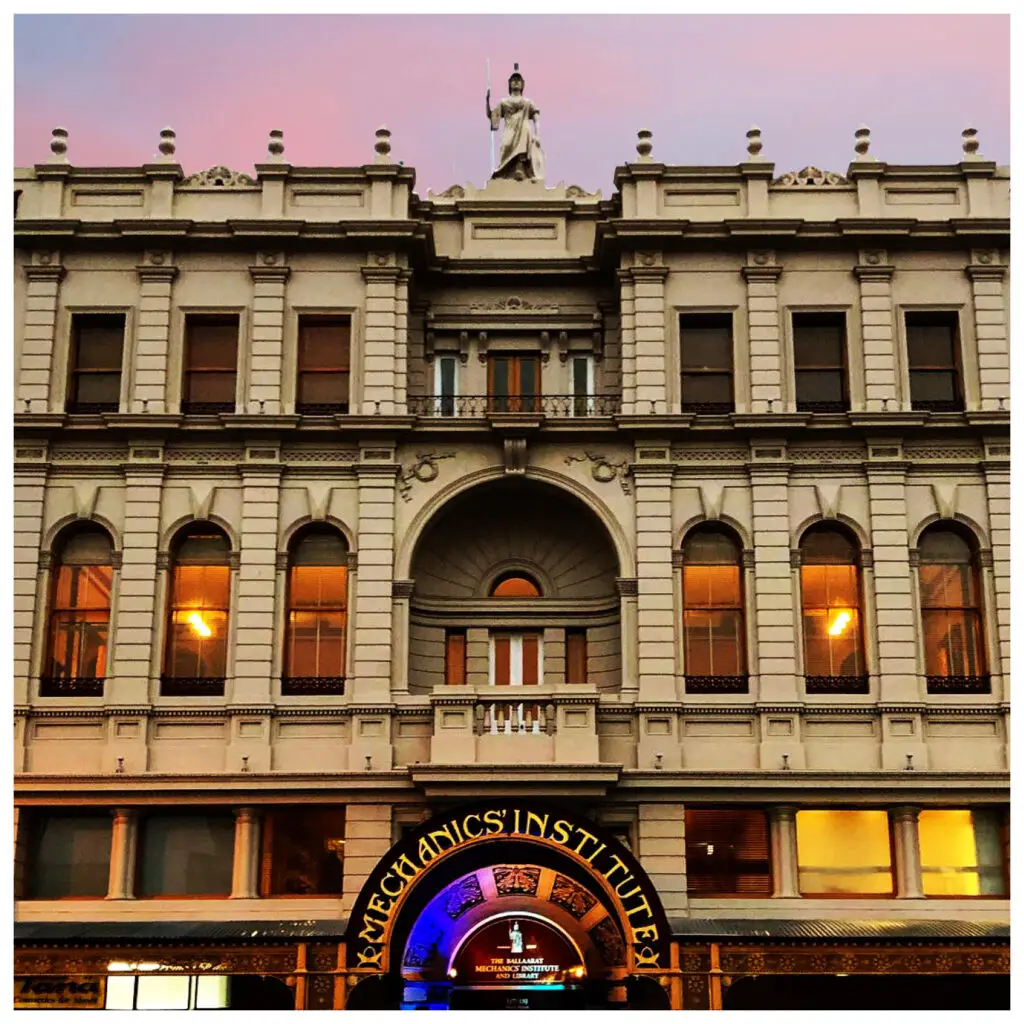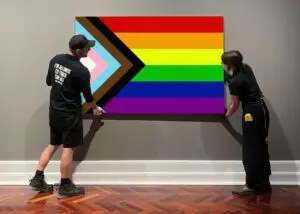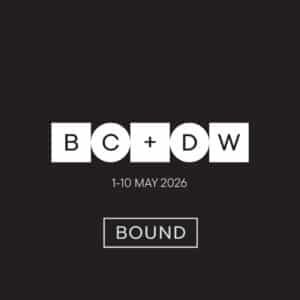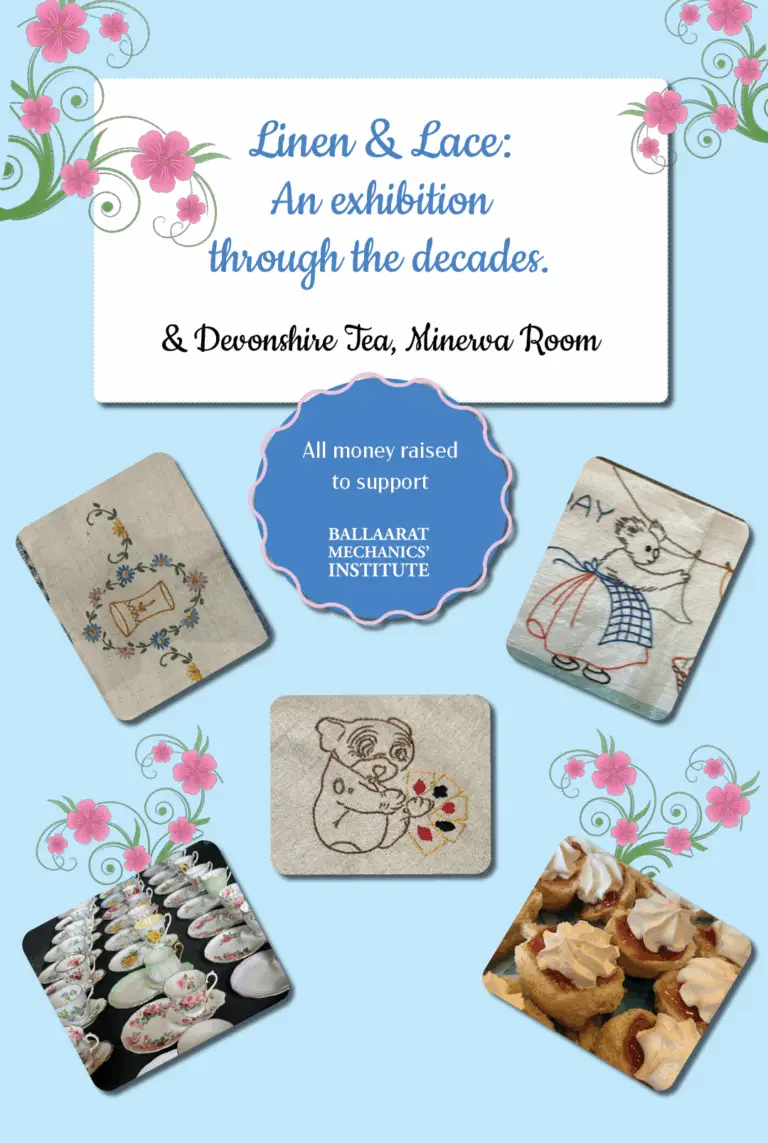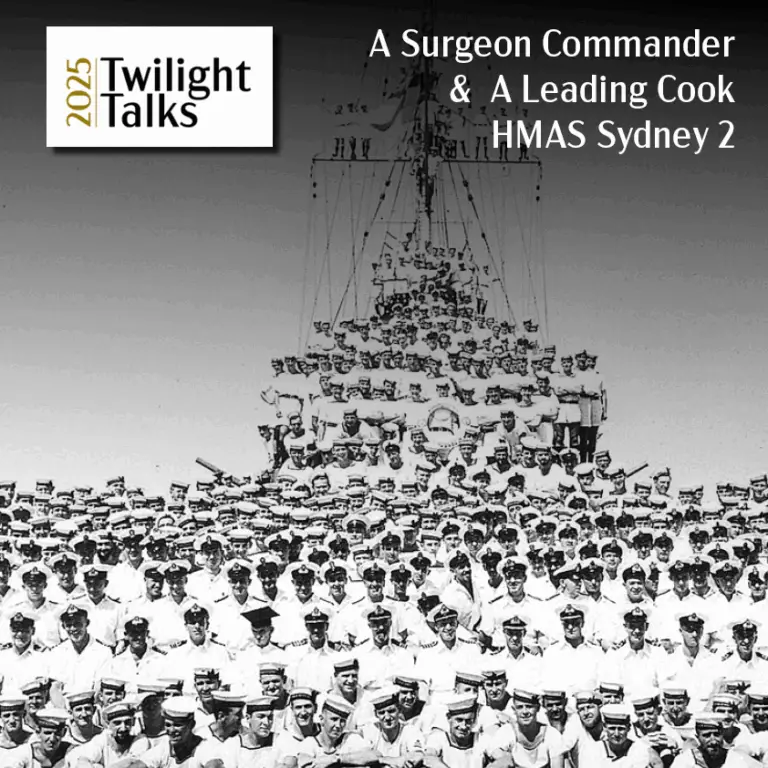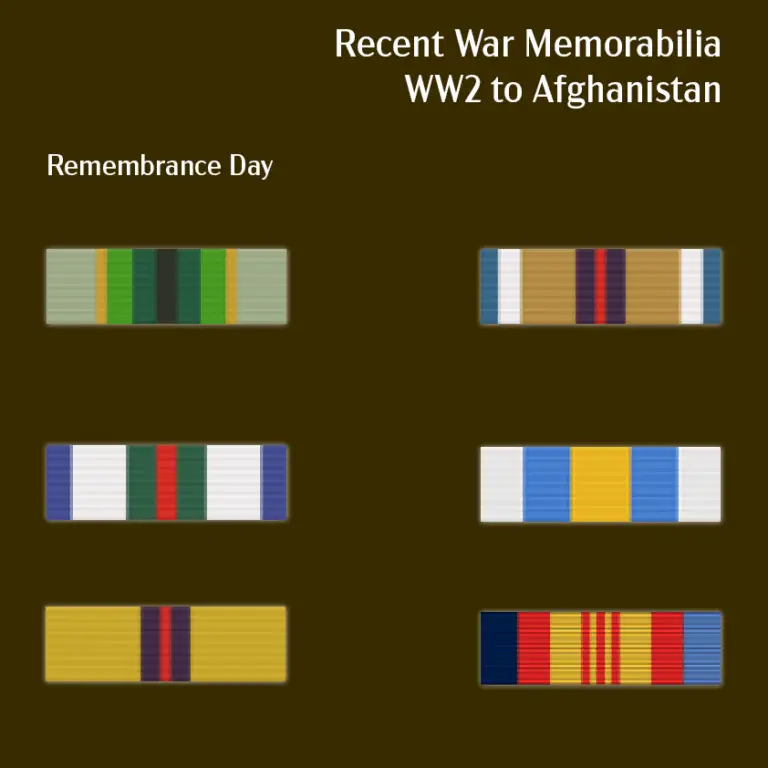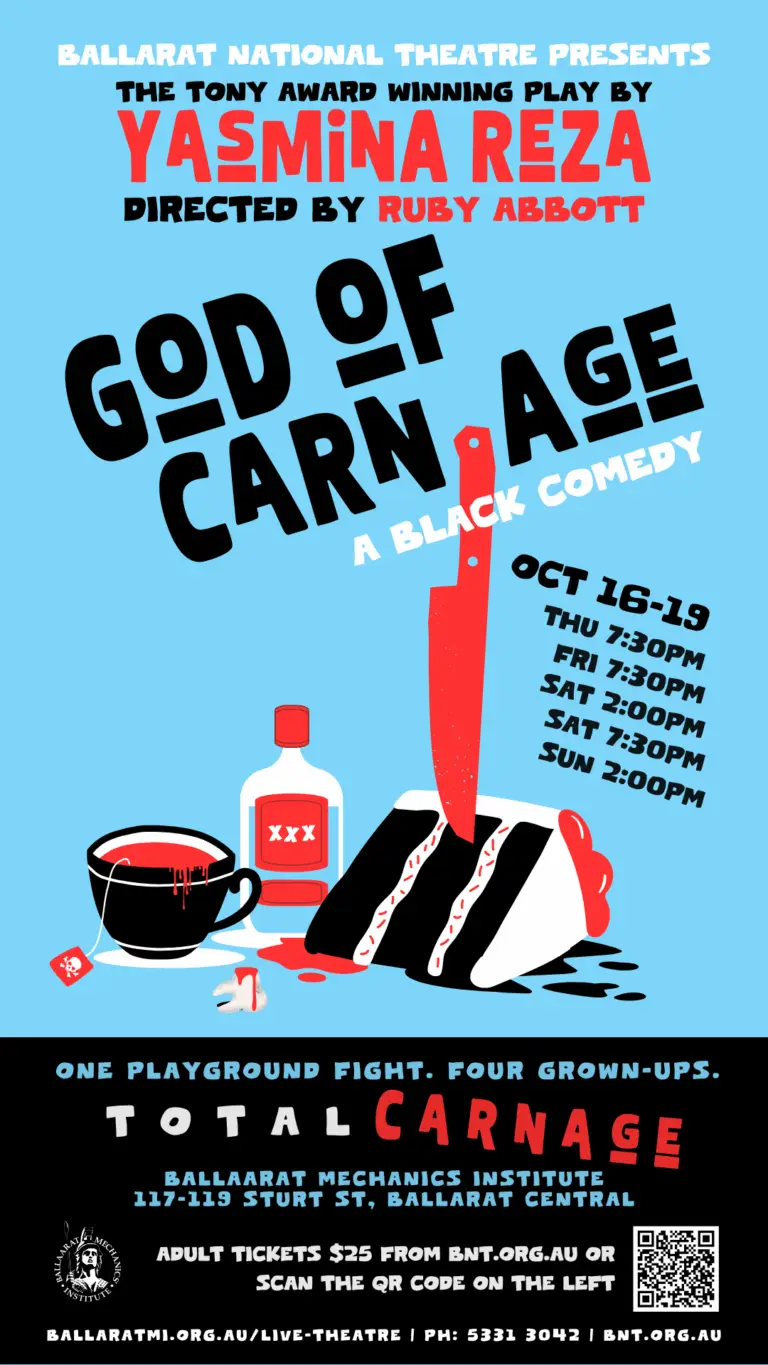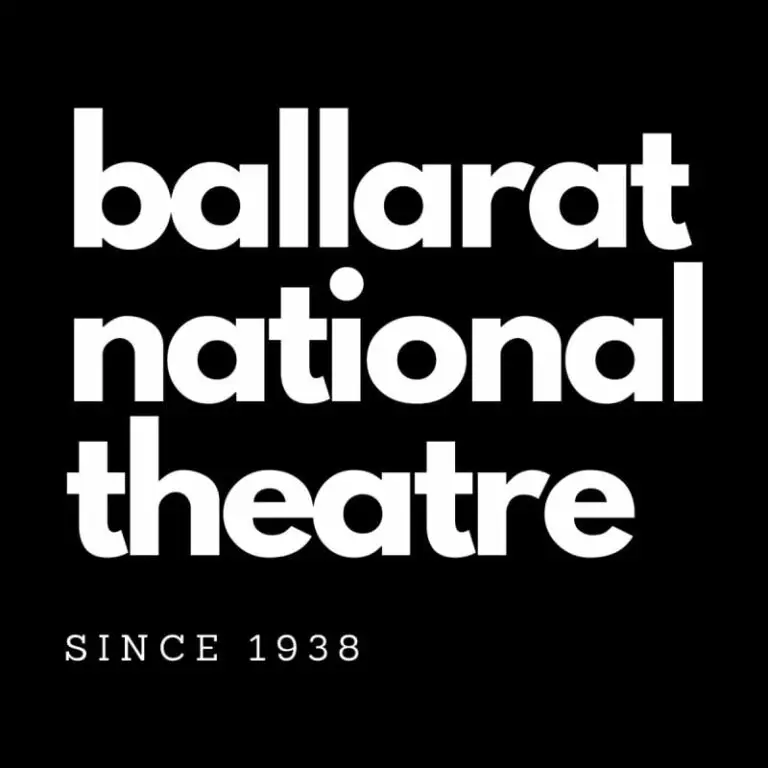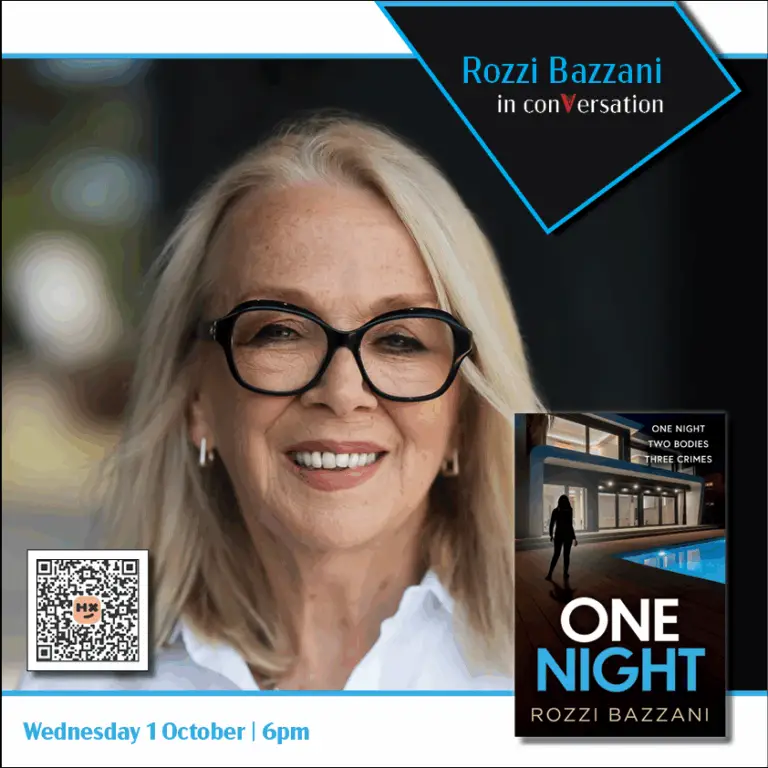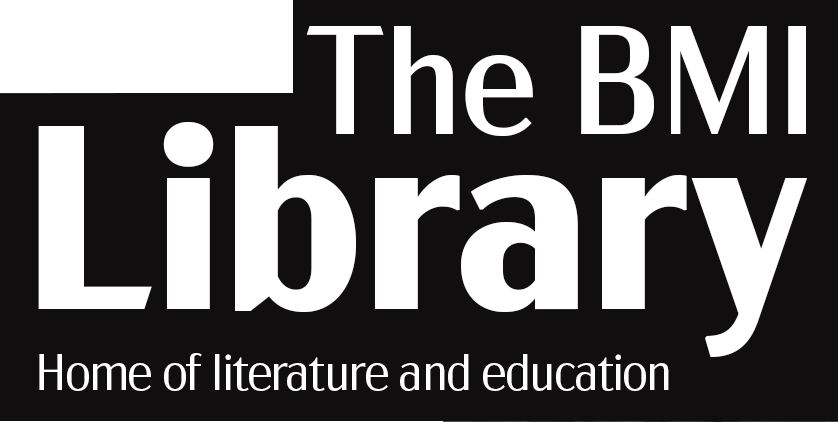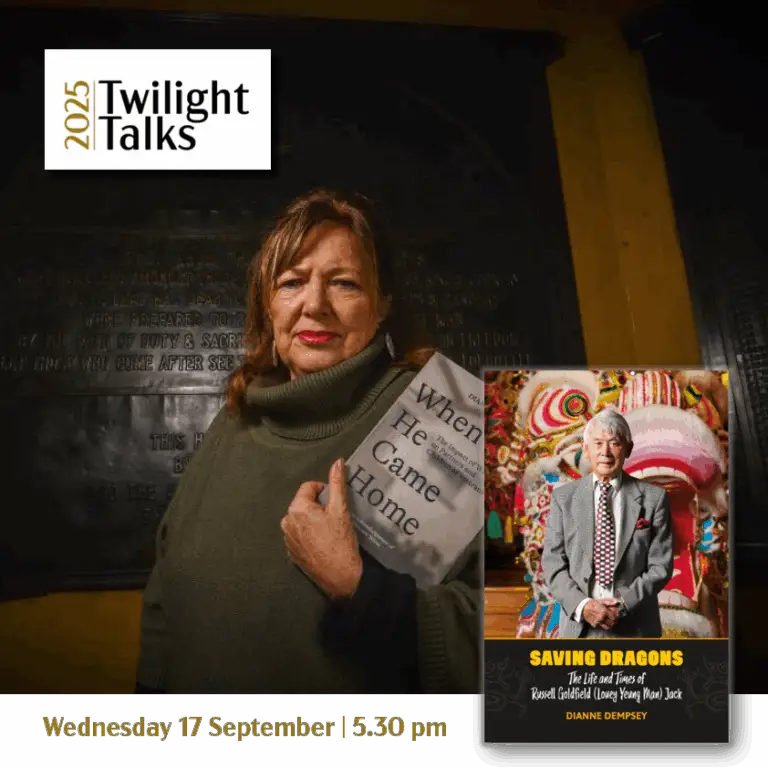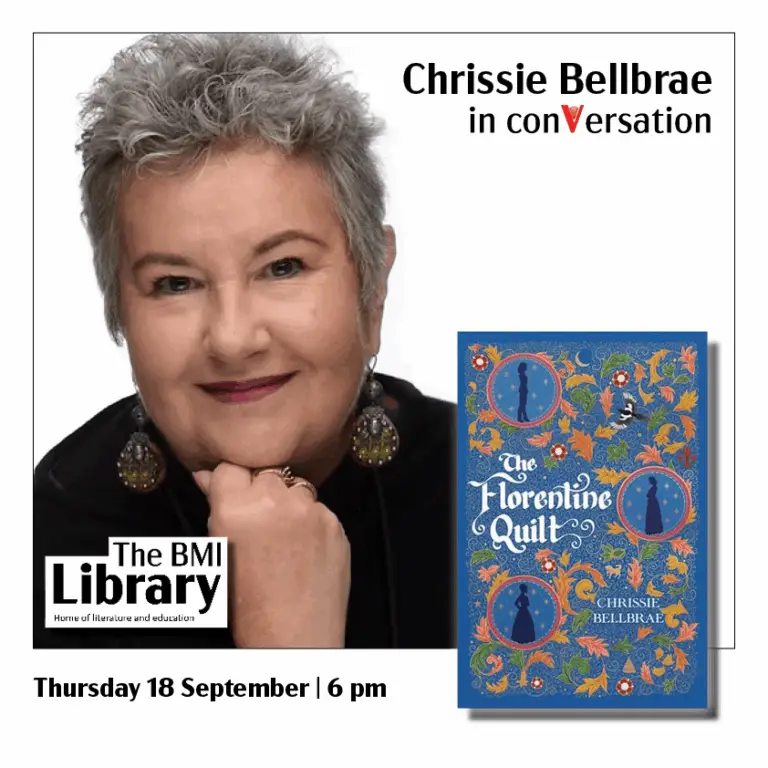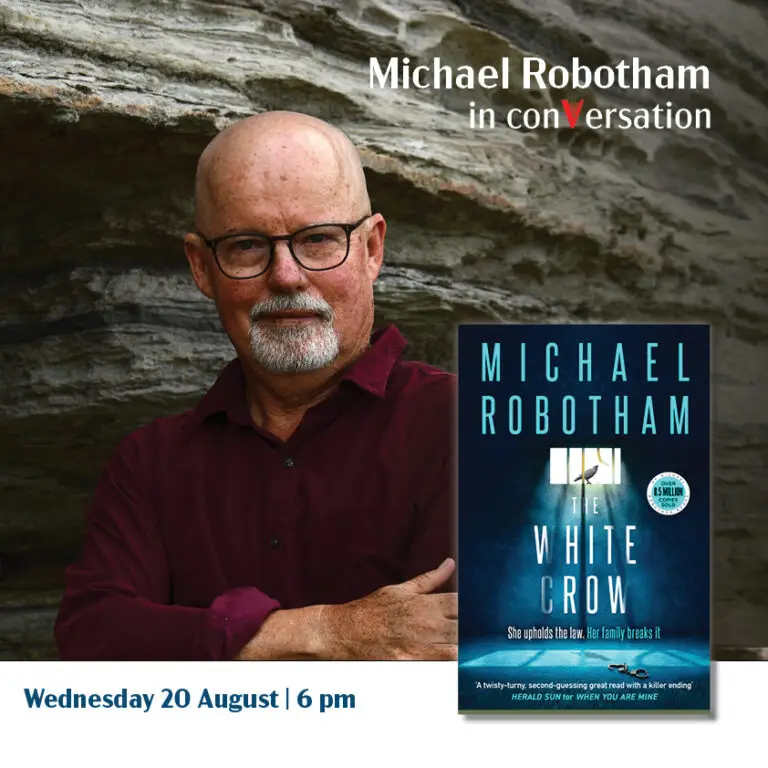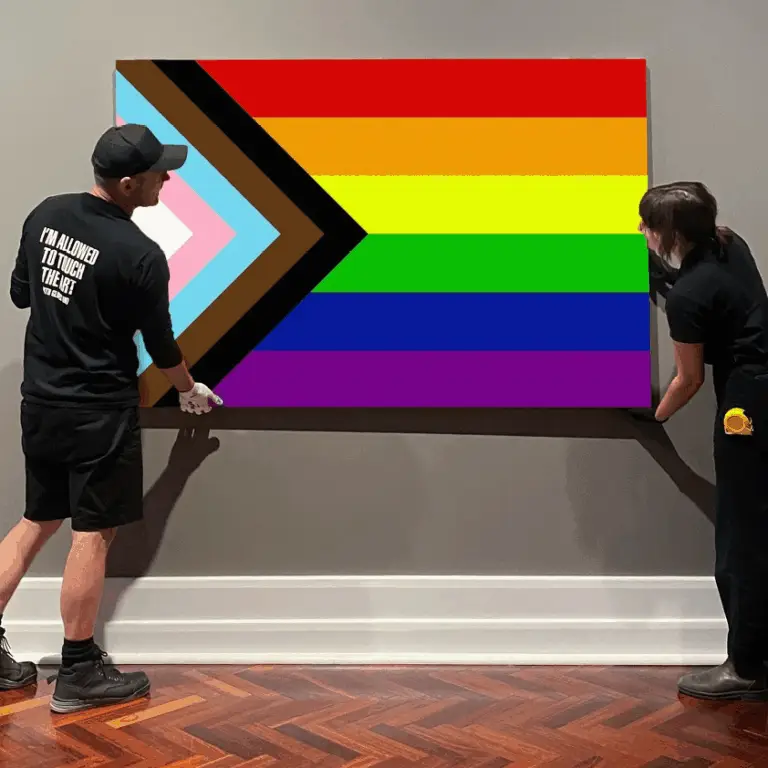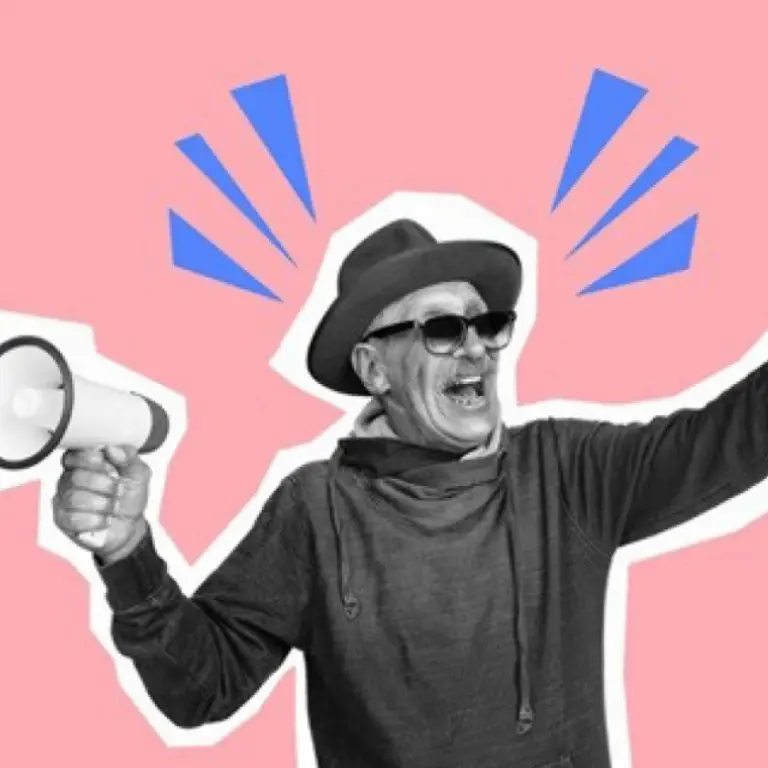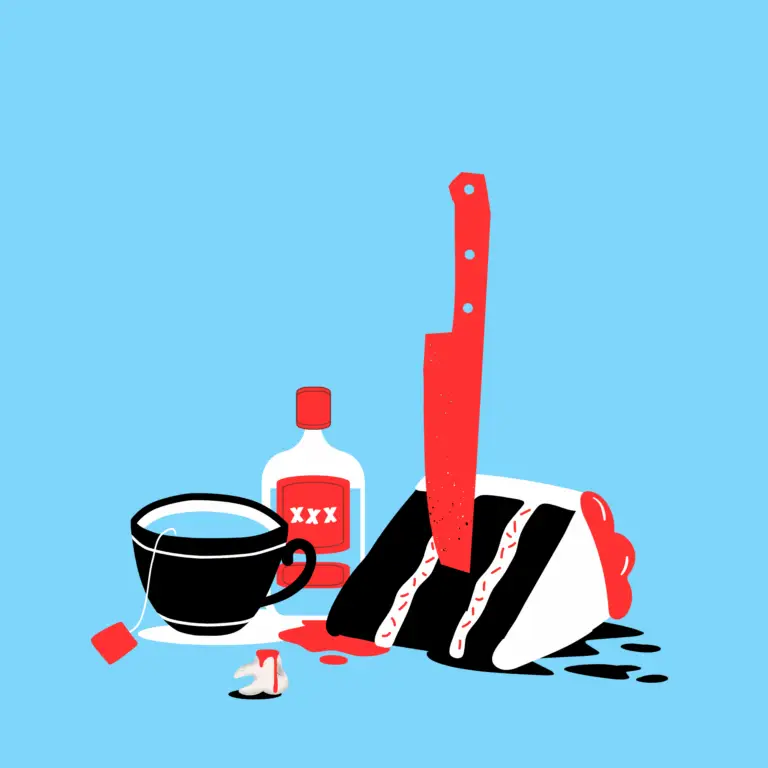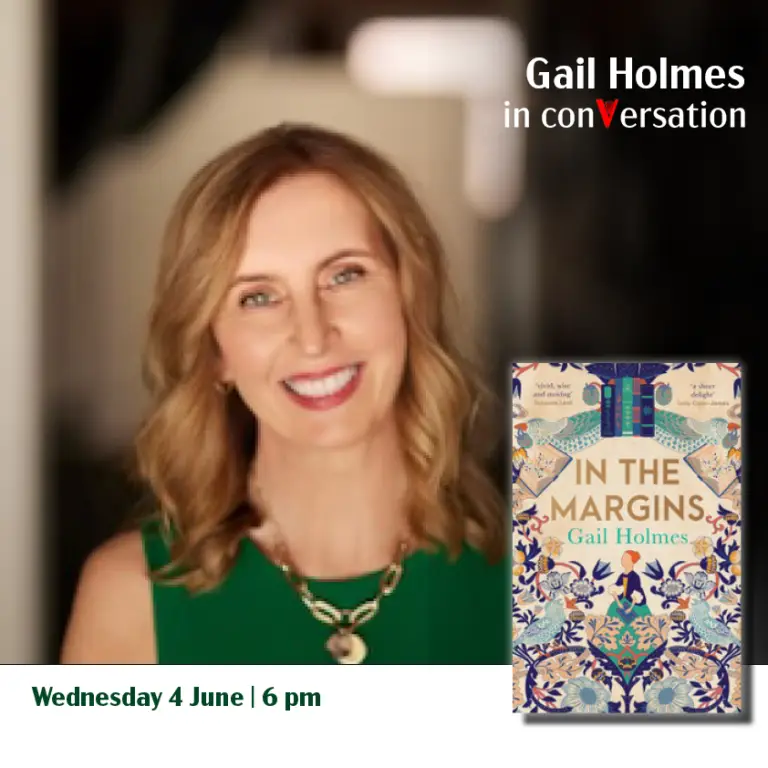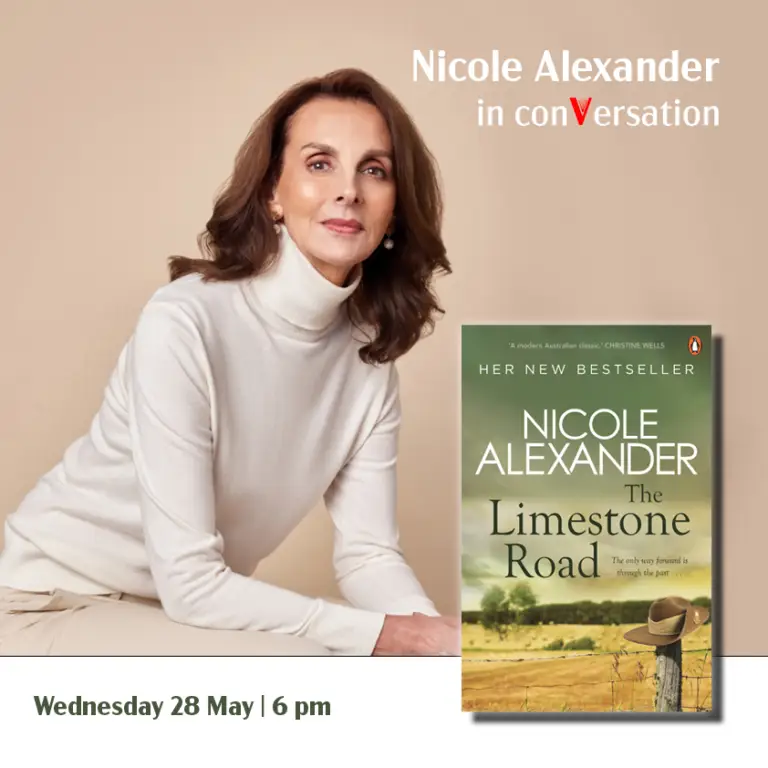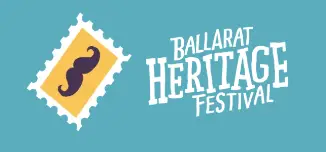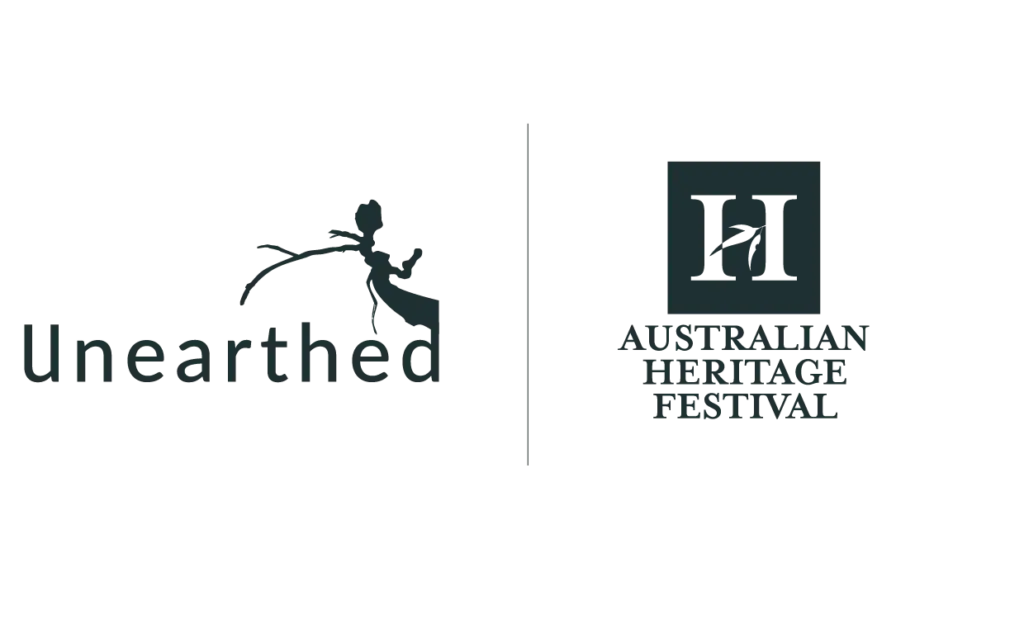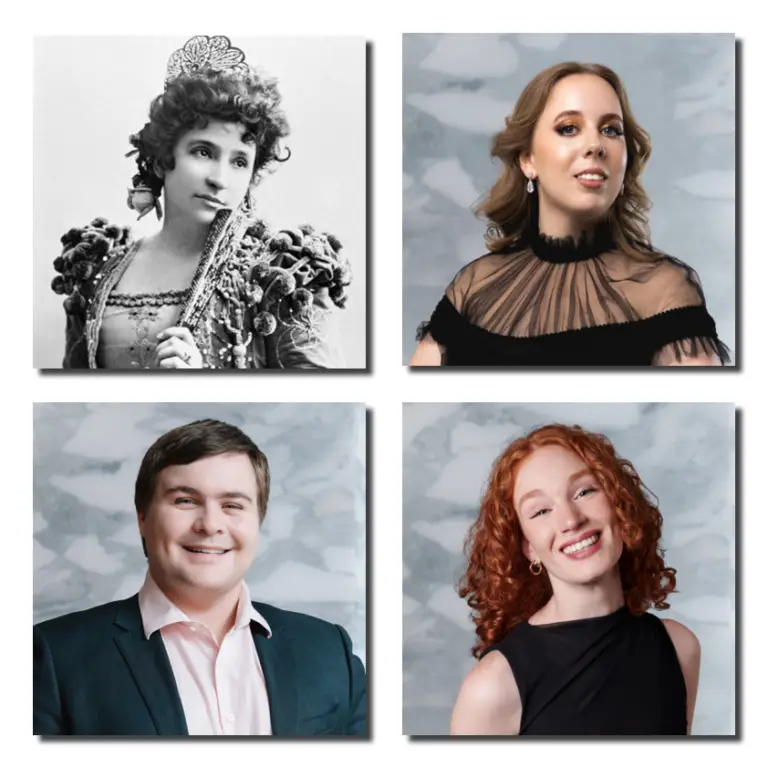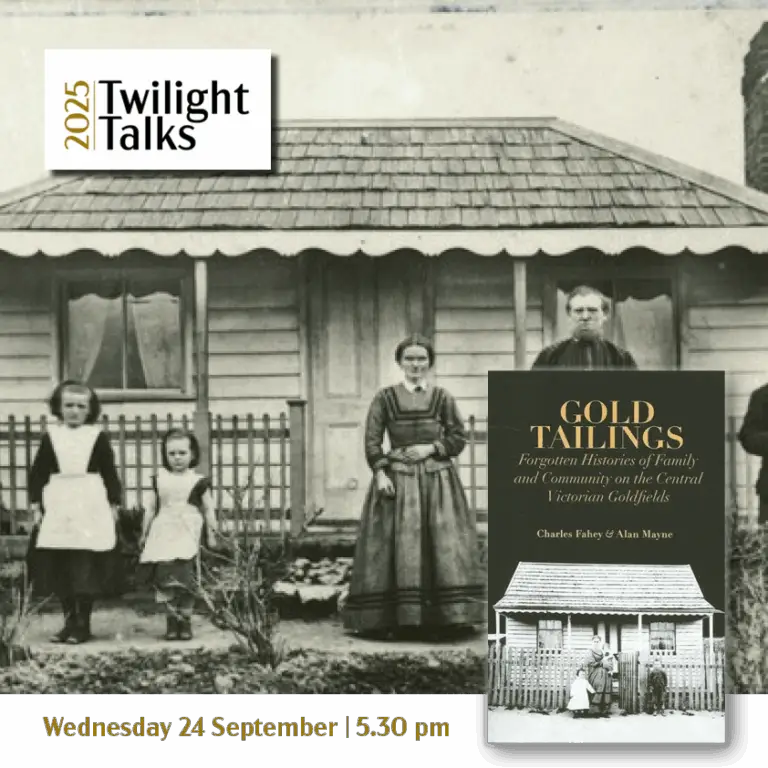Newspaper Reading Room | Victoria League Room (ground floor)
Lending Library | Batten Room
Stand in the entry to the Ballaarat Mechanics’ Institute and straight ahead is a long passage with five doors that could go anywhere. Open the double doors at the far end, you will find a room now called the Batten Room. It is the BMI lending library, named for Mr. Batten, who between he and his son, were the committee appointed managers of the Institute for a combined ninety years.
Depending on when you entered the Batten Room, it might have been called the Newspaper Reading Room, where daily papers, Australian, British and American were displayed on sloping benches for members to catch up on the latest news, although some of them could be three or four months old, depending when the last sailing ship arrived in Port Melbourne or Geelong. Later during the war in the Pacific, frequent readers were from the US Marines stationed in Ballarat. They wanted news from home, and the room would be full.
Or perhaps if you arrived in the later 20th. century it may have been called the (Queen) Victoria League Room, named for the group of Ballarat people who regularly met there.
Mining Exchange (ground floor)
Heritage Reading Room
Looking to the right, notice the ramp and opening into the Mining Exchange, renamed the Old Mining Exchange when the more recent mining exchange was built in Lydiard street. It was also known as The Corner, where the shares for gold mining syndicates were bought and sold.
It became known as the Lending Library in 1934 when the Institute purchased the freehold and moved the lending library from the upstairs room to there. An entry was created into the main building and remained as such until 2008, when the library was moved into the newly removed Batten Room.
The Old Mining Exchange is now known as the Heritage and Reading Room.

Pound Room | Committee Room | Smoking Room (ground floor)
Work Space | Administration | Hooper Room
Notice the archway behind the library desk. It leads to the Pound Room. The archway was bricked up but opened in 2008, as the room had been used as a photographic studio. It is named for Dr. J.R.Pound, a committee member from 1945 to 1967. The room is now used as a members research and computer area.
Adjoining the Pound Room is the Committee Room, where the business and committee meetings have taken place for 165 years.
Across the passage is the Hooper Room, a meeting room named after a long term and valuable member of the committee, Stan Hooper. Had you entered earlier, it may have been called the Smoking Room,or the Smokey Room, or the Chess Club Room, when it was fitted out with special Chess tables and equipment for the Ballarat Chess Club.
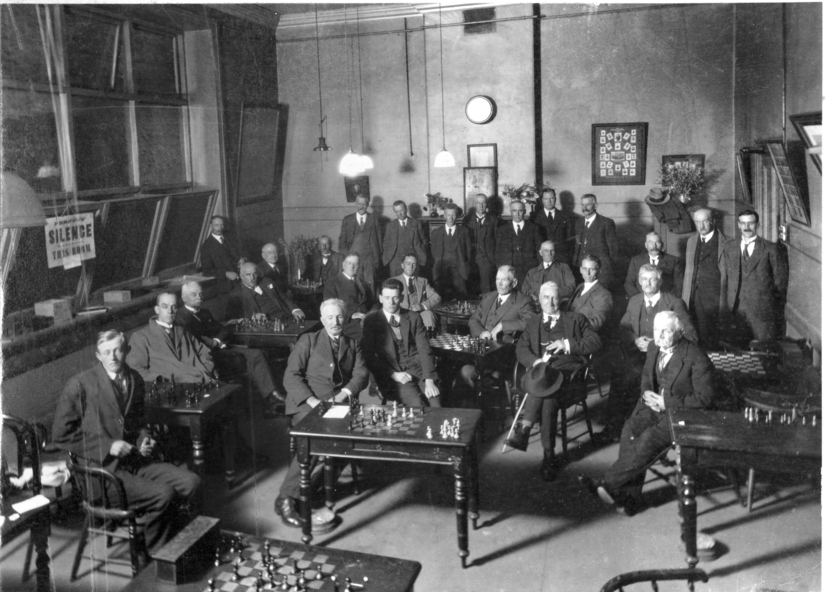
The Great Hall | The Blue Room (level2 & 4)
Minerva Space | Humffray Room
Take the stairs to the Minerva Space, as named in 2013. This is the Great Hall, or Auditorium, built in 1859, used for dinners, displays, performances, entertainment and public events until it became a movie theatre called The Britannia Theatre in 1919 and remained until 1962, when it became the Odeon, and in 1965 became the Vegas 70 until 1981. It was the Lyric Theatre until 1993, and then the Sturt Cinema until 2004, when it was closed for renovations.
The internal stairs outside the Minerva Space lead to the Humffray Room, named for the first president of the BMI, John Bassen Humffray. This room was the Lending Library from 1868 until relocated to the Old Mining Exchange in 1935.
It is also known as The Blue Room, After the library moved, the room was used as a ballet studio and the walls painted blue.
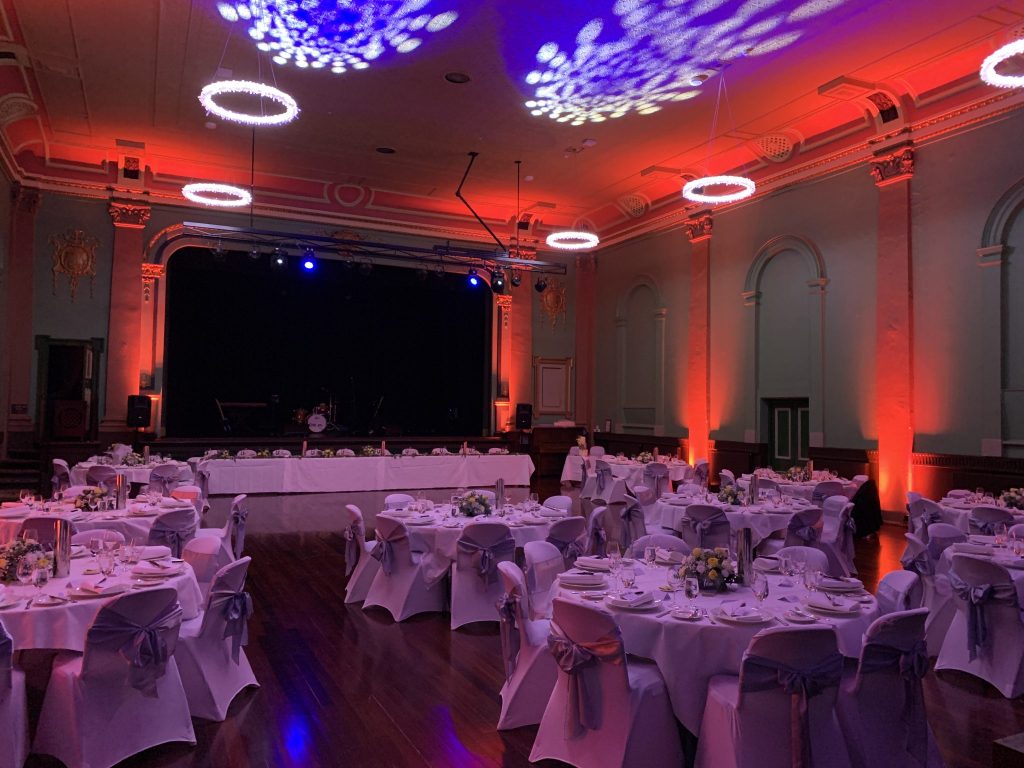

Milk Bar & Sweets Shop (level 2)
Hugh Williamson Foyer
Immediately below is the Hugh Williamson Foyer, named for the benefactors, the Williamson Foundation, who generously funded restoration in this area of the building.
Originally this was two rooms, separated by the intruding barrel ceiling of the ground floor entry foyer. you may recall it as the Milk Bar and Sweets Shop for the Britannia Theatre. 0r even earlier it was rented to the United Australia Organisation, a forerunner of the Liberal Party.
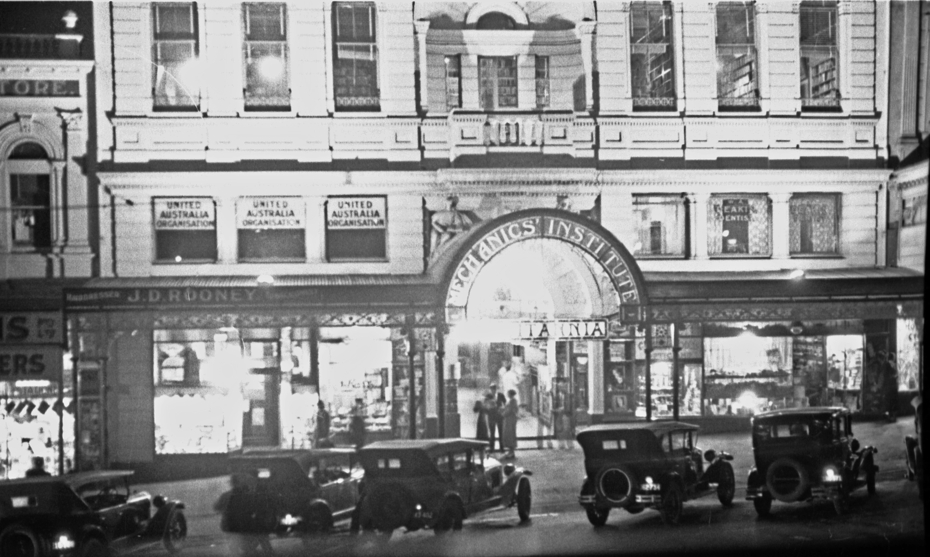
BMI Museum (level 5)
Tenanted Space
The top floor, presently tenanted, was the home of the BMI Museum, a space
dedicated to the display in glass cabinets of an extensive range of geological specimens, set up and managed by Professor Abel, a well known Austrian geologist. Later it became a Billiard Room, with four full size tables, then an Indoor Bowling area.
So, if you are looking for the Smoking room, or the Blue Room, or the Victoria League Room, or more, now you know where to go.
Rex Bridges
From Design & Art Australia Online biography.
” John Wesley Burtt, painter, was born in London, the eldest son of John and Mary Anne Burtt. His father John Goulson Burtt (1809 -1901) was an ironmonger. Burtt Snr arrived in Port Phillip in the Strathfieldsaye in April 1853, bringing a cargo of hardware. He established a retail store in Russell Street and appears to have made more than one voyage between England and the colony. In 1858 he again sailed from Britain with his wife Mary Anne, three other sons and a daughter, in the Eagle. The exact date John Wesley emigrated has not been confirmed, but he was resident in Melbourne by 1860 when the Melbourne Directories list him as the proprietor of a family business at the Eastern Market in Bourke Street.
John Goulson Burtt became reasonably prominent in Melbourne public life. He was a vocal advocate of social reform, a supporter of the Temperance movement and the Church of Christ. He was elected to parliament, representing North Melbourne from 1864 to 1874.
Why John Wesley Burtt chose to become a painter is unknown. It appears unlikely Burtt had any formal art training in Britain before emigrating. The earliest notice of Burtt’s work as a painter is in the Argus describing him as a “young artist” and mentioning the “…slight means he has had of acquiring art-education…” (27 August 1869 p.4).
Burtt appears to have had the support of his family in this choice of career. When the Victorian Academy of Art was established in 1870 J W Burtt is listed as a foundation member, and J G Burtt MLA as a subscriber. Burtt Snr supported the interests of his sons and son-in-law during his parliamentary career, giving rise to accusations of nepotism (see for example the Argus, 17 January 1868 p.6, 30 April 1879 p.8 and Melbourne Punch 7 March 1872 p.73). Father and son shared a home in North Fitzroy until Burtt Snr died aged 92, in 1901.
Burtt exhibited a number of works in colonial exhibitions during the late 1860s and 1870s. These were predominantly copies of paintings in the Melbourne Art Gallery (later the National Gallery of Victoria), or portraits of public figures, such as Members of Parliament.
The first public display of Burtt’s work was the inclusion of six portraits of unidentified ‘gentlemen’ and eight copies of works in the 1869 Melbourne Public Library exhibition. The copies included Rachel at the Well, Sheep in Repose, Melancthon and News from Australia.
Burtt exhibited these copies, and some identified portraits, in subsequent exhibitions: the Geelong Mechanics Institute exhibition of 1869, the Ballarat fine arts exhibition in July 1869 and the Intercolonial Exhibition held in Sydney during August 1870.
Burtt contributed three portraits to the First Victorian Academy of Fine Arts in 1870, copies being ineligible for hanging in the Academy show. The critics were not kind – the Argus thought the portraits of Sir Charles Darling KCB and the Hon Sir James McCulloch were characterized by “imperfect drawing” and the “Portrait of a Lady” seemed to be wearing a wig put on “all awry” (Argus 1 December 1870 p.7).
It has been speculated this portrait of Sir Charles Darling is the painting now in this State Library of Victoria collection. There is no evidence to support this claim. Indeed the portrait was presented to the National Gallery in 1890, when both the artist and his father were alive, and they would surely have claimed credit for the work if it had been painted by Burtt.
Later Burtt exhibited a View of Hobart Town in the Victorian Intercolonial Exhibition of 1875, and twelve paintings in the Intercolonial Exhibition of 1876 held in Brisbane. Two of his works, Suburban Melbourne and Portrait of J. Bosisto MP were included in the Victorian court of the Intercolonial exhibition held in London in 1886. In 1888 the Melbourne Turn Verein (German choral society) commissioned a portrait of their president, Her W. Weibaden, from him (Argus 28 April 1888 p.13).
The current location of these works is unknown. The only painting positively attributed to Burtt is the large work, Batman’s treaty with the Aborigines at Merri Creek, 6th June 1835, now in the State Library of Victoria collection.
Burtt died in Fitzroy in 1917. He was buried in Melbourne General Cemetery near his mother and brothers, who had all predeceased him. He left no estate for probate.”
Why not become a member of this heritage beauty.
